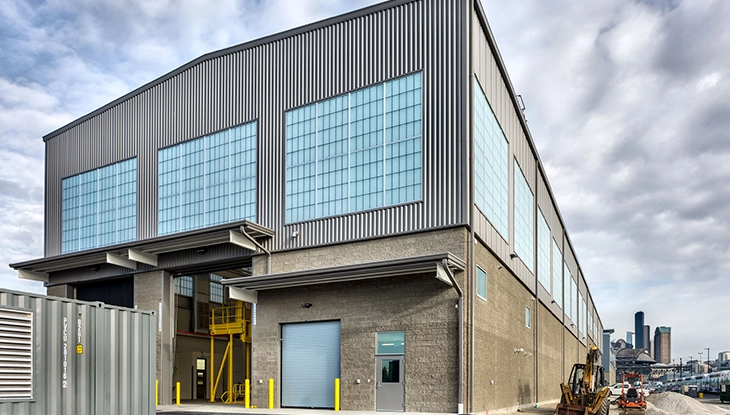- Products
- Industries
- Project Gallery
- Resource Center
- Metal Institute
- Services
- Shop
- Contact Us
April 21, 2022
by MBCI

The outbreak of the war in Ukraine on February 24 had an instant effect on steel prices and will most likely keep costs relatively high for the remainder of 2022. If the war was to end immediately, it would still take several months for market conditions to return to normal and an end to the war will not necessarily result in the removal of sanctions.
In this Market Update, we highlight some of the key factors impacting today’s steel prices and what to watch in the future.
Steel prices and supply and demand will continue to be volatile due to factors influenced by the war in Ukraine, interest rates, inflation, supply chain challenges, geopolitical instability, and transportation shortages.
The surge in global steel prices has eliminated the cost advantage that imports had over domestic steel.
The replacement of the Section 232 Tariffs gave import prices a significant advantage over domestic prices. However, the effect of the war in Ukraine has since had a major impact on the European market which offsets the cost advantage.
The war in Ukraine has had a significant impact on domestic steel production.
The industry will see lead time and pricing pressures through 2022 due to the increasing input costs for raw materials such as iron ore, scrap metal, coke, aluminum and zinc.
Conflict between Russia and Ukraine has resulted in cost increases for the raw materials used in steel production.
The following cost increases have been realized between February 24 and March 24:
Federal Reserve officials voted to lift interest rates a quarter point and signals more to come.
The Fed voted to lift interest rates and penciled in six more increases by year’s end, pointing to a consensus funds rate of 1.9% by year’s end. This act is the most aggressive pace in more than 15 years, in an escalating effort to slow inflation that is running at its highest levels in four decades. The Fed will raise its benchmark federal-funds rate by a quarter percentage point to a range between 0.25% and 0.5%, the first rate increase since 2018.
The implications of the war in Ukraine for the U.S. economy are highly uncertain but are likely to create additional upward pressure on inflation and weigh on economic activity.
Freight disruption has further delayed deliveries and lead times in the market.
Freight cost increases affect every partner in the value chain, ultimately impacting delivered costs. Like many other suppliers and service providers mills too are experiencing increases in energy costs, import freight cost, material transfers and other indirect costs.
The oil market has been extremely volatile. Oil was expected to increase to ~$300/barrel when the war broke out, but that no longer seems likely. Costs will remain elevated in 2022 because of low oil supply, the war, and a shortage of truck drivers. None of those factors are likely to be resolved in the short term, but we will be closely monitoring the situation.
MBCI’s Market Updates are brought to you by Cornerstone Building Brands subject matter experts and are curated for the purpose of creating awareness of economic factors that may potentially impact pricing, supply and demand affecting our customers. Any forward-looking statements are based on reasonable assumptions; these statements are not guarantees and undue reliance should not be placed on them. All views or opinions herein are solely those of the author(s) as of the date of this communication and are not to be relied upon as authoritative. Nothing in this communication should be considered to constitute investment, legal, accounting, or tax advice or other advice of any kind.